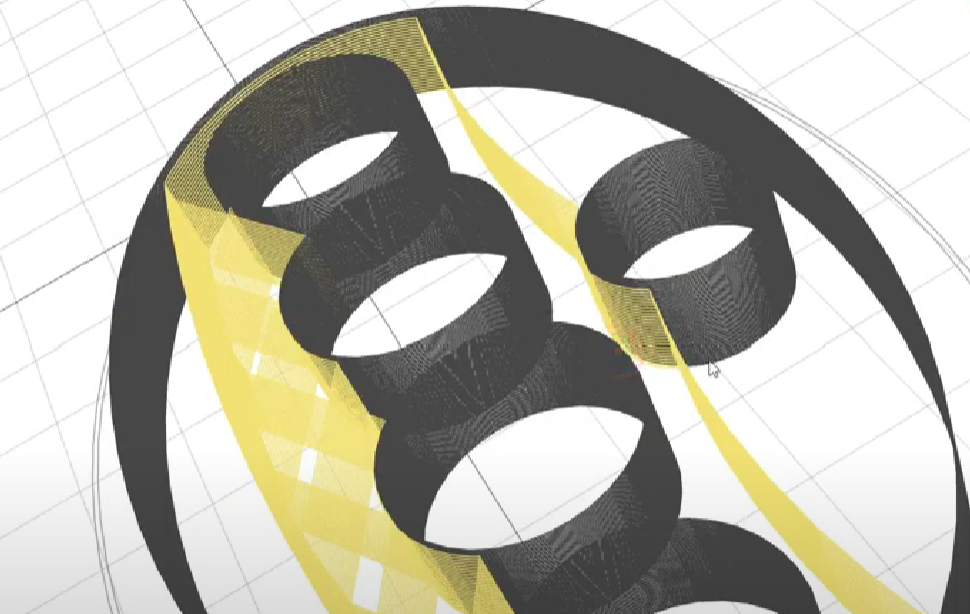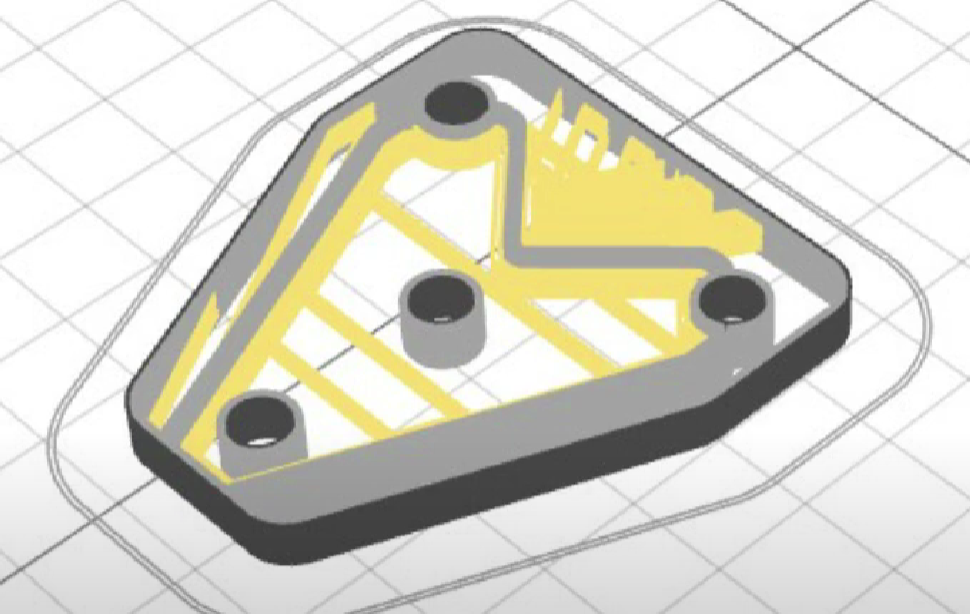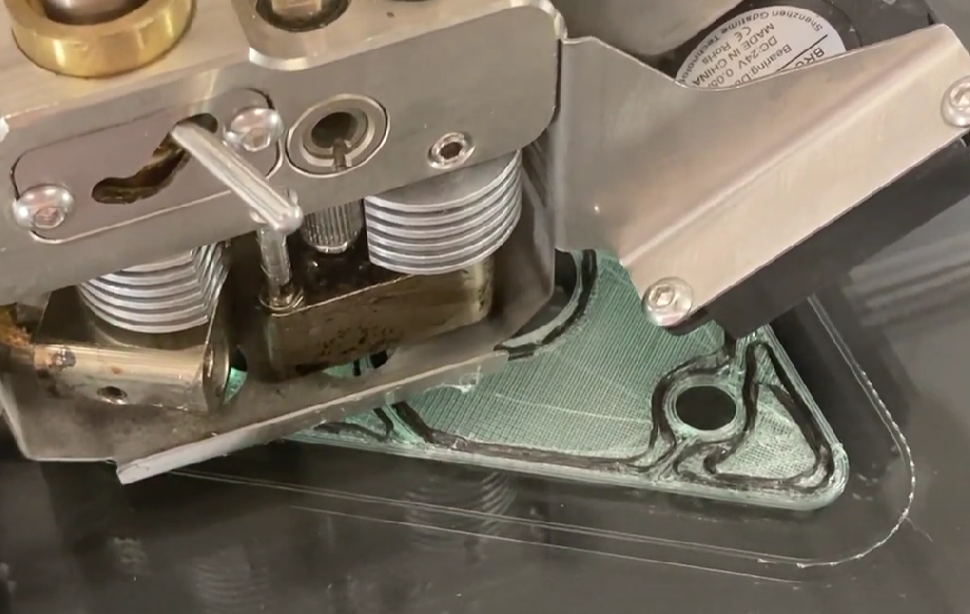Advanced Additive Manufacturing and Topology Optimization
MECH 6910S
Course Description
This course introduces seven state-of-the-art additive manufacturing (AM)
technologies that apply to
various materials. The physical principle, theoretical modeling, and the effects
of different process
parameters are derived and analyzed. Based on the knowledge of the AM processes,
computer-aided
tools, and specific design principles for AM are also discussed.
Among the design guidelines, the concept and practices of topology optimization
are highlighted. The
students will learn to generate structurally optimal designs based on loads,
constraints, and other
required product performance and manufacturing conditions. The course also
provides experimental
sessions to manufacture the structural optimized parts with either metal
selective laser sintering or
continuous fiber-reinforced additive manufacturing.





